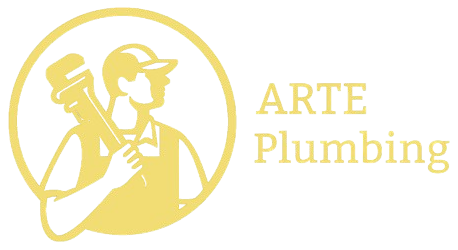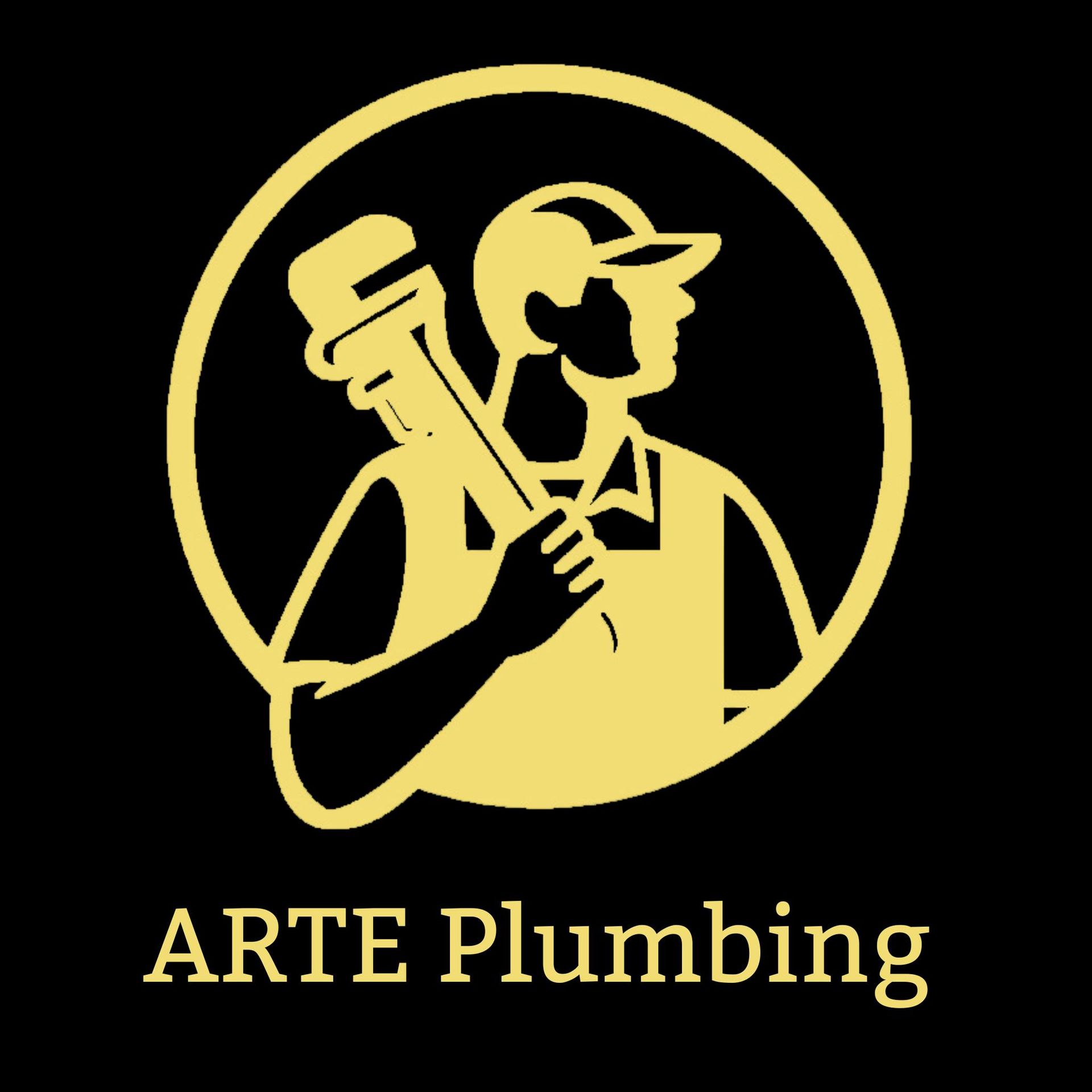Hot Water Heaters
When your old hot water system reaches the end of its life and stops working, there are several replacement options available. Below is a summary of different types of hot water systems, how they work, and the pros and cons of each. Heat pumps and solar hot water heaters are considered high efficiency hot water heaters due to their low energy usage. However other types of hot water heaters such as instantaneous or smart electric storage units are also great options if the demand of your household exceeds the limits of the high efficiency units.
I hope this helps anyone who is shopping around to choose the system that best suits their needs and household usage. As always, you should speak to a licensed plumber before making any changes to your plumbing. They can also help determine the right storage capacity for your home.
Heat pump hot water unit
A heat pump hot water unit is an energy-efficient system that heats water by using the same basic principle as a refrigerator or air conditioner—but in reverse. Instead of generating heat directly (like electric resistance water heaters), it moves heat from one place (the surrounding air) to another (the water in your tank).
How It Works (Simple Breakdown):
Air is pulled in: A fan draws in ambient air from the surrounding environment.
Heat is extracted: The air passes over an evaporator coil filled with a refrigerant. This refrigerant absorbs heat from the air and evaporates into a gas.
Compression boosts heat: A compressor squeezes the gas, increasing its temperature significantly.
Heat is transferred to water: The hot refrigerant passes through a heat exchanger or coil that runs through the water tank, transferring its heat to the water.
Cycle repeats: The refrigerant cools, condenses back into a liquid, and the cycle starts over.
Pros
- Highly Energy Efficient, uses about 60–75% less electricity than conventional electric storage heaters.
- Lower Running Costs
- Environmentally Friendly
- Lower greenhouse gas emissions, especially when powered by solar electricity.
- Eligible for Rebates
- Safe Operation
Cons
- Higher Upfront Cost
- Noisy Operation
- Temperature Sensitivity, works best in warmer climates
- Slower Heating Time may require a larger tank to compensate.
- Requires Ventilation
Solar hot water units
A solar hot water unit (or solar water heater) is a system that uses energy from the sun to heat water. It’s one of the most sustainable ways to get hot water and can significantly reduce electricity or gas usage.
How It Works:
There are a few types, but here’s the general idea (for the most common active solar hot water system with a storage tank):
Solar collectors absorb sunlight:
Usually installed on the roof, these panels (not to be confused with solar PV panels that generate electricity) contain tubes or pipes that capture heat from the sun.
Heat is transferred to water (or fluid):
Water or a special heat-transfer fluid (like antifreeze in colder climates) circulates through the collectors and gets heated.
Hot fluid moves to a storage tank:
The heated fluid either goes directly into the storage tank (in direct systems) or through a heat exchanger that warms water in the tank (indirect systems).
Water stays hot for use:
The tank is insulated to keep the water hot until it’s needed. Some systems have a backup electric or gas booster for cloudy days or high demand.
Types of Solar Water Heaters:
Direct (Open-loop): Water flows directly through the solar collectors.
Indirect (Closed-loop): A heat-transfer fluid circulates in a separate loop and transfers heat to the water via a heat exchanger.
Passive: Uses natural circulation (thermosiphon) without pumps.
Active: Uses pumps and controls for circulation.
Pros:
- Very low running costs
- Environmentally friendly
- Long lifespan
Cons:
- Higher upfront cost
- Less efficient in cloudy/cold regions (needs backup)
- Roof space required
Instantaneous hot water units
An instantaneous hot water unit—also known as a tankless or on-demand hot water system—is a compact system that heats water only when you need it, instead of storing hot water in a tank.
How It Works (Step-by-Step):
You turn on a hot water tap:
The system detects the flow of water.
Water flows through a heat exchanger:
As the cold water enters the unit, it flows through a heat exchanger.
A burner or electric element heats the water instantly:
Gas units ignite a burner.
Electric units activate high-powered heating elements. This heats the water as it passes through—no storage needed.
Hot water flows to the tap:
Within a few seconds, you get hot water on demand.
Key Features:
No storage tank → no standby heat loss.
Compact design → wall-mounted, great for small spaces.
Continuous hot water → as long as there’s flow and energy, it keeps going.
Pros:
- Energy-efficient (no heat loss from stored water)
- Endless hot water (within capacity)
- Longer lifespan than tank systems
- Space-saving
Cons:
- Limited flow rate → may struggle with multiple taps/showers at once
- Higher upfront installation cost
- May require upgrades to electrical or gas supply
Storage hot water units
A storage hot water unit is a type of water heater that stores heated water in a tank so it’s ready for use whenever you need it. It's one of the most common systems used in homes.
How It Works
Cold water enters the bottom of the tank through a dip tube.
An electric heating element (or gas burner, in gas models) heats the water.
A thermostat monitors water temperature and activates the element when needed.
As water heats, it rises to the top of the tank due to natural convection.
When a hot tap is turned on, hot water is drawn from the top of the tank.
As hot water is used, cold water refills the bottom of the tank.
The cycle repeats to maintain a steady supply of hot water.
Main Components
Tank: Insulated to reduce heat loss.
Heating element: Electric coil or gas burner.
Thermostat: Controls water temperature.
Anode rod: Protects the tank from corrosion (in metal tanks).
Temperature & pressure relief valve (TPR): Safety feature to prevent overpressure or overheating.
Pros
- Provides a ready supply of hot water.
- Works even if multiple taps are used (up to tank capacity).
- Simpler technology—usually less expensive to install than continuous flow units.
Cons
- Limited hot water (runs out if tank empties).
- Standby energy loss (uses energy to keep water hot all day).
- Takes time to reheat after heavy use.

